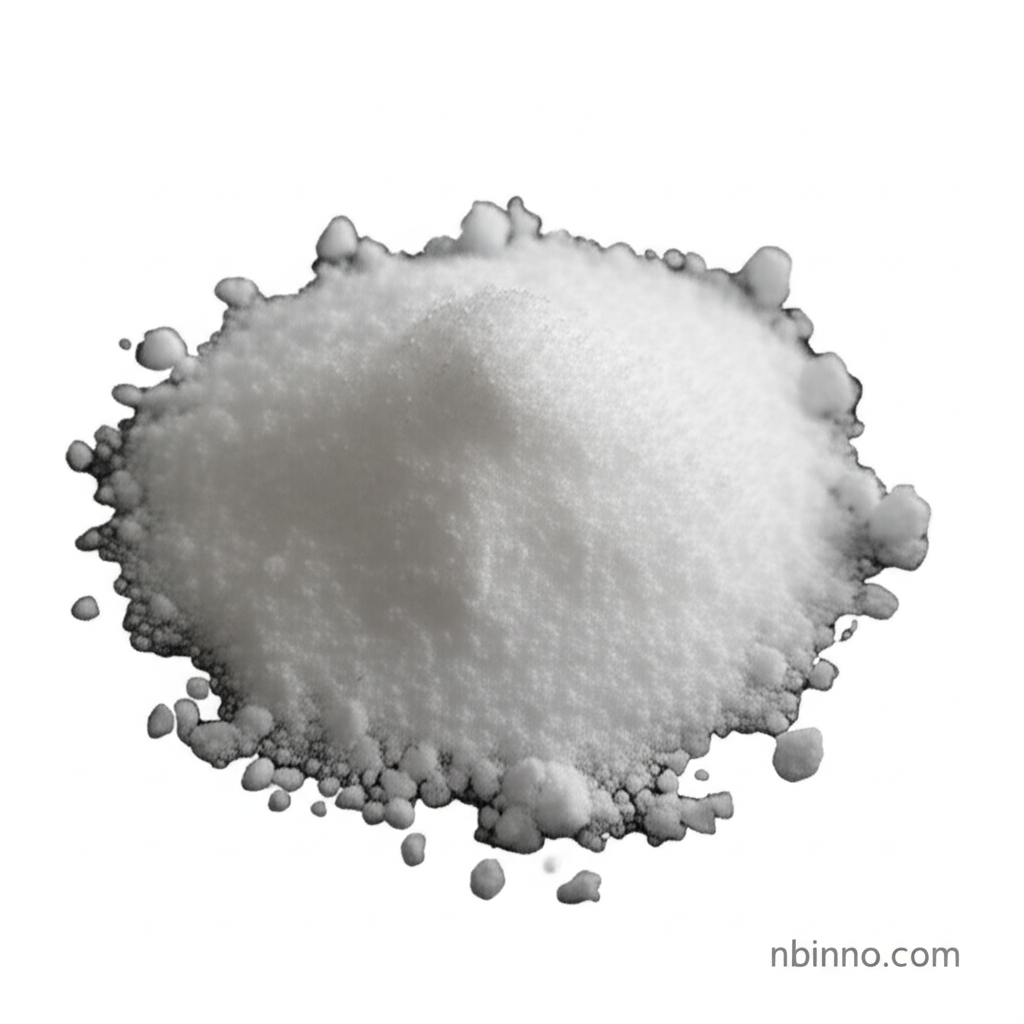1,3-Benzenediboronic Acid: Your Key to Advanced Organic Synthesis
Unlock novel molecular structures and functional materials with this versatile boronic acid derivative.
Get a Quote & SampleProduct Core Value

1,3-Benzenediboronic Acid
1,3-Benzenediboronic Acid (CAS 4612-28-6) is an indispensable organic intermediate renowned for its dual boronic acid functionalities, making it a prime candidate for sophisticated organic synthesis. Its unique structure facilitates diverse chemical transformations, particularly in the construction of complex organic frameworks and novel materials.
- Leverage 1,3-Benzenediboronic acid synthesis routes to create complex molecular architectures essential for pharmaceutical research.
- Explore the applications of 1,3-Benzenediboronic acid in creating Metal-Organic Frameworks (MOFs) and Covalent Organic Frameworks (COFs) for advanced material development.
- Utilize this vital compound as a building block for Suzuki-Miyaura coupling reactions, a cornerstone of modern organic chemistry.
- Benefit from the high purity of CAS 4612-28-6, ensuring reliable and reproducible results in your research and manufacturing processes.
Advantages of Using 1,3-Benzenediboronic Acid
Versatile Reactivity
The presence of two boronic acid groups on the benzene ring provides exceptional reactivity, enabling a wide array of cross-coupling reactions and polymerizations essential for developing new organic synthesis pathways.
Material Science Innovation
As a key component in the synthesis of MOFs and COFs, this chemical intermediate contributes to the creation of materials with tailored properties for applications in gas storage, catalysis, and separation technologies.
Cost-Effective Intermediate
Sourcing high-quality 1,3-Benzenediboronic acid at competitive prices, particularly for bulk purchases, makes it an economically viable option for large-scale chemical manufacturing and research projects.
Key Applications
Organic Synthesis
Serves as a crucial building block in various coupling reactions, facilitating the synthesis of complex organic molecules and intermediates for pharmaceuticals and agrochemicals.
MOFs and COFs Construction
Enables the formation of advanced porous materials with diverse applications in catalysis, gas separation, and drug delivery systems, driven by the unique properties of boronic acid derivatives.
OLED and Photoelectric Materials
Used in the development of new electronic materials, including those for Organic Light-Emitting Diodes (OLEDs), due to its specific structural and electronic properties.
Research and Development
An essential reagent for academic and industrial research, supporting innovation in synthetic chemistry and the exploration of new chemical entities.
